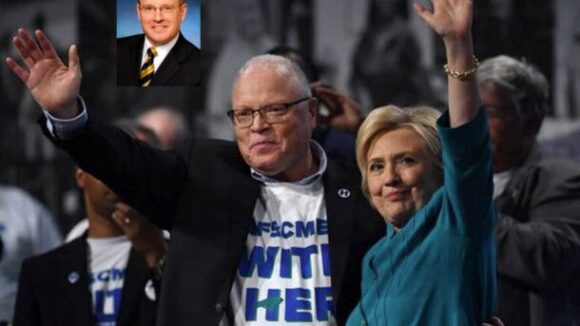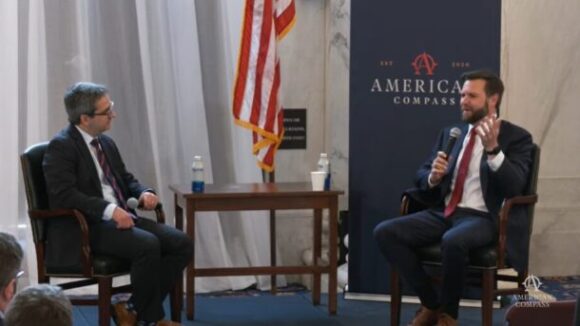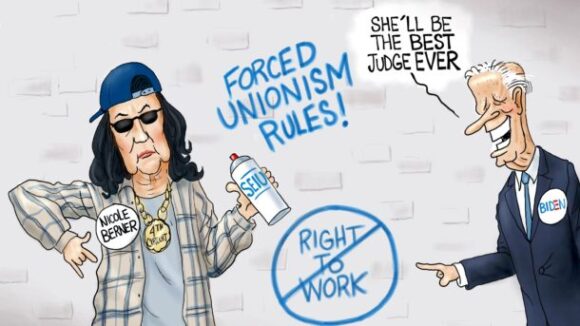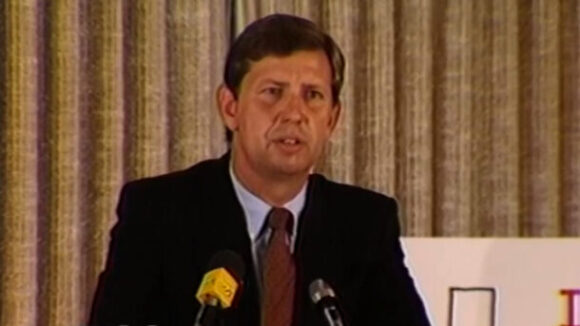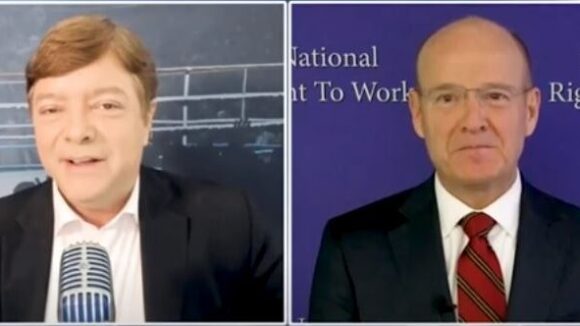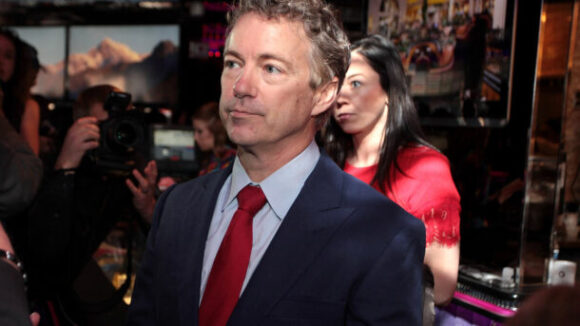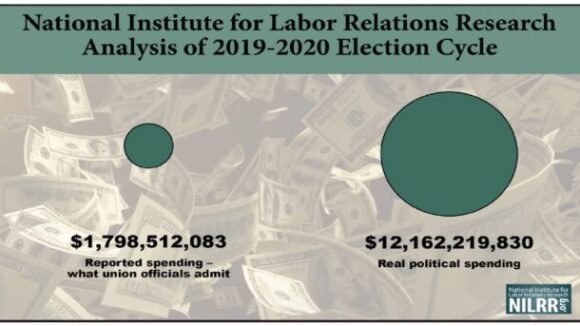Autoworkers Union Boss Vows ‘War’ For Joe Biden
Mr. Fain undoubtedly knows full well that there is a complete disconnect between the UAW hierarchy and the UAW rank-and-file on the Biden presidency and whether workers will benefit from its extension for another four years.
